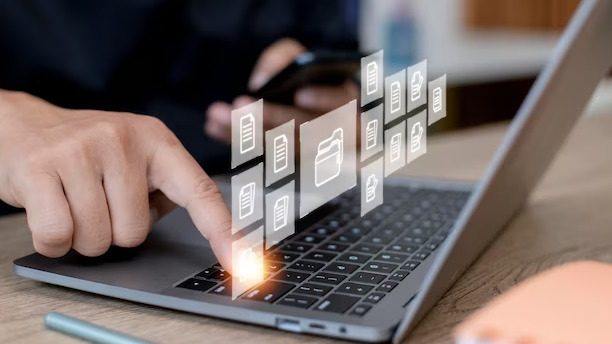A Complete Guide to Investing In Precious Metals

Investors, both beginners and seasoned ones, have long favoured precious metals as a way to diversify a portfolio. Precious metals, with their intrinsic values and ability to be a hedge against the inflation rate, offer stability and the potential for long-term wealth preservation. Here we will take you into the precious metal world, examining metals as well as their pros and cons, investment options, and important tips to help make informed decisions. This blog will give you the information you need to make informed decisions, whether you are a new investor or an experienced one.
Understanding Precious Metals
A precious metal is any metal that is rare, natural and has a great economic value. Gold, platinum, and palladium are the most commonly traded metals. These metals exhibit unique physical and chemical characteristics, making them suitable for many industrial, technological, or investment applications. In the past gold has been considered a safe investment and a storehouse for value. Silver also finds use in many industrial applications.
Advantages of Investment in Precious Metals
Firstly, they protect against inflation by preserving your purchasing power. In addition, precious materials have proven themselves to hold their value even during economic recessions. This is a great way to combat market volatility. The diversification of precious metals, when combined with the other asset classes in a portfolio, reduces overall risk. As their prices are affected by several factors, including geopolitical developments, supply and demand dynamics, and investor perception, these precious metals offer a possible source of capital appreciation.
Investing in Precious Metals
- Physical Metals: Investors have the option to buy metals in physical form, whether it is coins, bars, or even bullion. This tangible investment allows you to own and store precious metals. It is essential to take into consideration factors such as authenticity and storage security when investing in precious metals.
- Exchange-Traded Funds: Precious Metals ETFs allow you to access the metals market in a convenient and affordable way. These funds follow the performance of one metal or of a basket of different metals. Investors can participate in price fluctuations without owning the actual metals.
- Mining Stocks: Investing in companies that explore and develop precious metals, as well as extract them, can provide exposure to a sector. Mining stocks can often be correlated to the price of metals. However, they are also affected by factors such as operational efficiencies, management skills, and geographic risks.
- Futures and Options: Futures contracts and options can be used by experienced investors who are willing and able to take a greater risk. These financial instruments allow investors to speculate on the future prices of precious metals even if they do not own the actual asset. But, before making such investments it is necessary to perform due diligence as well as understand the derivatives market.
Conclusion
Besharanews.com precious metals are a good way to protect your wealth, diversify and gain capital. Investors will be able to make more informed decisions by knowing the pros and cons of various investment options. Keep up to date with market trends, do extensive research, and diversify the portfolio. When done with a view to the future and careful planning, investing in precious materials can be a worthwhile addition to an investment strategy.
If you want to learn more about investing in precious metals, visit this link and read their detailed blog. Happy investing.






